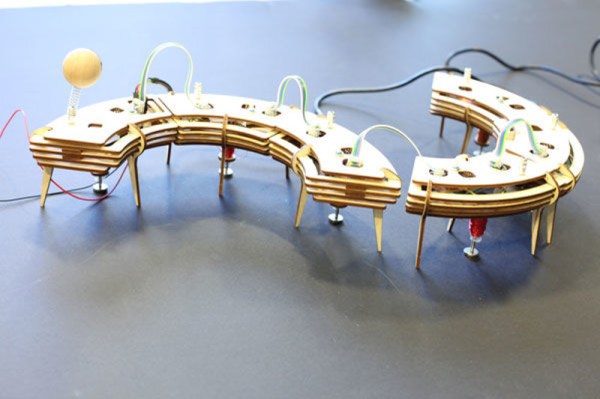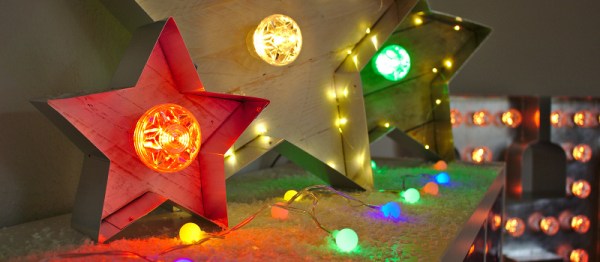While it’s often thought of as a criminal activity, there’s actually a vibrant hobby community surrounding the art of lock picking. In the same way that white hat hackers try to break into information systems to learn the ways that they can be made stronger, so do those in the locksport arena try to assess the weaknesses of various locks. For the amateur, it can be exciting (and a little unnerving) to experience the ease at which a deadbolt can be picked, and if your concern is great enough, you can go a little farther and modify your locks to make them harder to defeat.
The lock in question was sent to [bosnianbill] by [Rallock67] with a device that [Rallock67] had installed using common tools. Known as a Murphy Ball, a larger-than-normal spring was inserted into one of the pins and held in place by a ball bearing. This makes the lock almost completely immune to bumping, and also made it much more difficult for [bosnianbill], an accomplished and skilled locksmith, to pick the lock due to the amount of force the spring exerted on the cylinder. The surprising thing here was that this modification seems to be relatively easy to do by tapping out some threads and inserting a set screw to hold in the spring.
Locksport and lockpicking are a great hobby to get into. Most people start out picking small padlocks due to their simplicity and ease. It’s even possible to pick some locks with a set of bobby pins. And, if you really want to see how easy it is to defeat some locks and/or how much good the TSA does for your overall security, you’ll want to take a look at this, too.
Thanks to [TheFinn] for the tip!


















